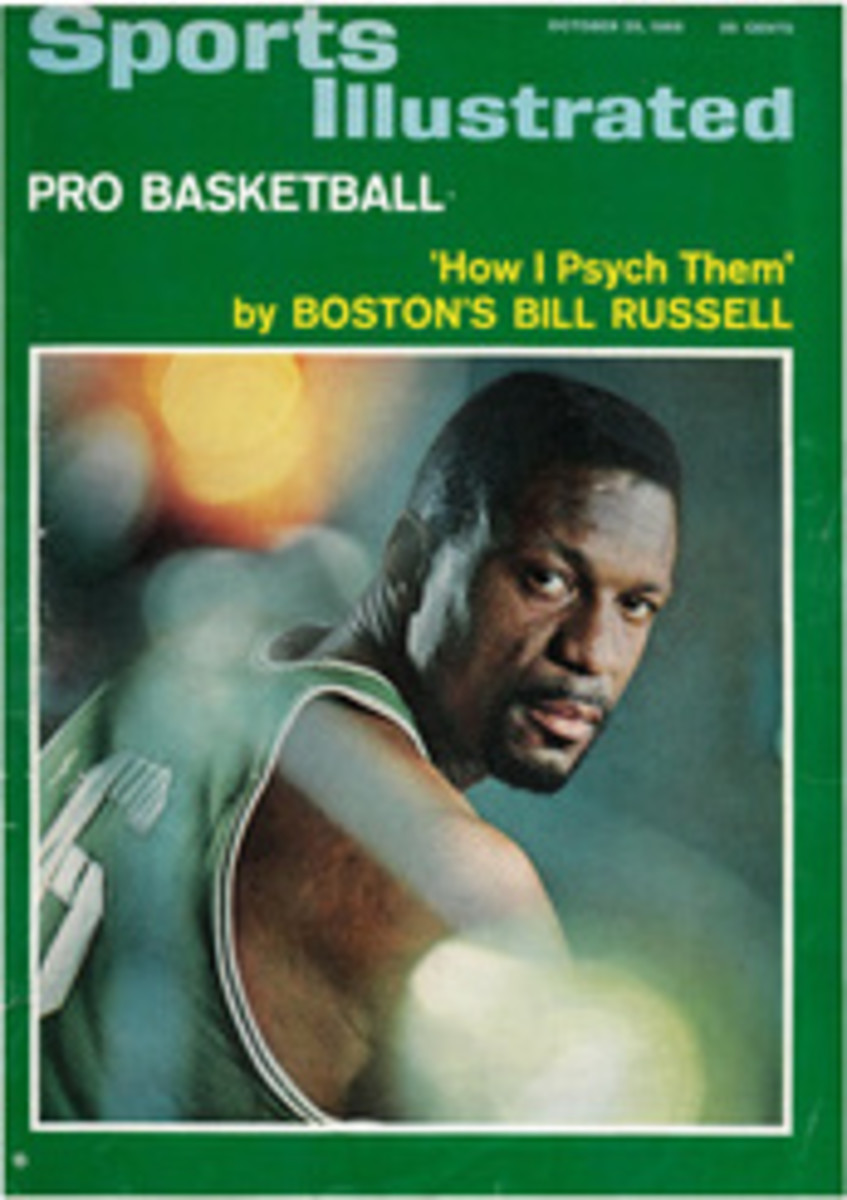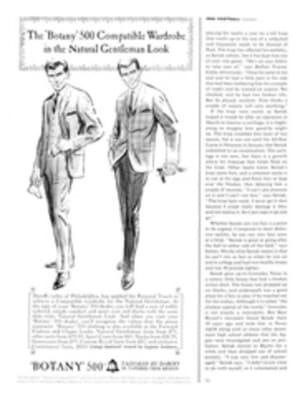
Track of the Cat in Hawaii's White Water
Trim!" Carter Pyle shouted at me over the roar of the surf. "Trim! Trim!" Behind us a hulking mound of water was rising, green against the ocean's blue. I beefed in the jib, and our 18-foot 9-inch Pacific Catamaran sprang forward. We were accelerating fast but not as fast as the wave that was chasing us. Its forward edge was now less a steep slope than a solid wall. Catamaran and wave were both aimed dead at the coral reef of Kaikoo. Needles of spray darted from the cat's twin bows as her sterns rose and she drove ahead and down the wave's deceptively smooth face. "Back!" screamed Pyle, who was himself stretched as far over the starboard stern as the hiking strap holding his toes would permit. Back I went, slipping and sliding in the wet cockpit. Behind us the wall of water had become a towering cliff, hanging poised over our heads, waiting only to topple over itself—and us with it.
By now the cat was moving so fast that it hummed—quite literally hummed as the hulls and rigging vibrated to the rush of the water. The bows were still pointed downward, and I knew that if they dug into the water ahead we would go end over end in a stumbling somersault with a crushing mass of water on top of us. Overhead the sun was streaming through the trade-wind clouds, dappling Diamond Head to the west and Koko Head to the east with gold. The sun's rays spotlighted houses on the shore and formed strange and beautiful patterns in the water. I had only one thought: if I am about to die, maybe this is the way to do it, surfing down a mountain of water, bathed in sparkling sunlight.
As it turned out, I did not die, and by some miscalculation of nature the catamaran on which I was riding with Sailor-Designer Carter Pyle was not dashed to bits on the coral reef ahead. As the wave broke it slowed down. So did we, finally coming to a stop 20 feet away from a stone jetty projecting out from the beach. The wave rolled shoreward, bashing itself into a series of ripples along the beach. I tried to say something and discovered I was hoarse. I had screamed my throat raw from pure excitement.
If playing the surf on a board is roughly equivalent in excitement to climbing a Himalayan peak in a snowstorm, then surfing in a sailboat is like climbing the same peak on a bicycle. What's more, coasting in toward the shore—the maneuver we had just got through—is the easiest part. All we had to do now was to go about and sail out again.
A heavyweight fighter has intelligence and so to a lesser degree has a charging rhino. A stone wall stands still. But a wave is a wall that is both brutishly unintelligent and moves. There is no escape from it. Turn to port or starboard and the wave will try to roll you over. Sail too fast and the shock of boat meeting wave is dangerously intensified, too slow and the boat becomes the wave's toy.
We came about slowly to be confronted by a no man's land of foam between us and the next set of waves through which we would have to punch. We trimmed the sails and the Pacific Cat picked up speed as we easily thumped through the foam. The first wave we hit going out was young and fairly small. Up we rose, up the angled green back—then squash, we were over the top. Not so bad. The next wave had developed further. "Lord," I thought as it came at us, "can't we go someplace else?" But no. Up, up we slid. We were almost airborne in a vertical climb, then over the top once more. There was nothing but air between and under the hulls. Crash. Somehow I was lying on my back in the port cockpit in a welter of foam. Then, before the water cleared, up, up, up again. This time the crest was fully formed, was breaking. Nothing short of a fly can climb a concave cliff without doing an inside loop. Into the crest. Smash. White water everywhere.
"Hold on to the hiking strap," yelled Pyle. "Hook your arm under it. The hiking strap. Hang on. Hang on!" All my life I have known what a hiking strap is, but at that moment, for the life of me, I did not know what Pyle was talking about. I was numb and half crouching, clutching at the port mast stay. Nothing, I thought, could pry me loose.
There was hardly time to suck in a breath before the next one—the big one—came. It was the mother, father, sister, brother and great-great-grandfather of all waves, and it broke right aboard. It mauled, tugged, smothered us—all at once. No boat could survive such a blow and, even if it could, no human could stay aboard. Yet the incredibly strong hull and rig of the catamaran took the blow. No one was lost. "Hang on to that strap next time," was all Pyle had to say. "If you go overboard, it'll be rough trying to pick you up."
It was a characteristic understatement on the part of the man who dreamed up the idea of holding what he called "the first annual catamaran surf-sailing championships" in the breakers off Oahu. Pyle's original thought was to have six or seven Pacific Catamarans racing each other through the waves, but one look at the surf was enough to convince everybody that would be a mistake. Two boats riding the same wave at the same time would be hairy enough. Six or seven boats would be like having six or seven matadors take on six or seven bulls in the same ring at the same time. Moreover, seeing who could get in or out of the surf fastest would be out of the question. Surf sailing, like bullfighting, is an art, not a contest of speed. And, like a bullfighter, a surf sailor needs something more than mere skill and technique to carry him through. A surf sailor must be hooked on the triple dose of sail, speed and the adrenalin released in a man's body when he doesn't know whether his boat is under control or not. Bob Casey, who sailed one of the two boats in the so-called race off Oahu, is one such man. Carter Pyle is another.
Pyle, a nonsmoker so handsome that he was once drafted to pose for a cigarette ad, is a sailor who responds to a wave the way others might to a siren. On one occasion, holding a comfortable lead in a catamaran race, he was about to round a mark placed on the fringe of the surf when his boat caught a high, hard one rolling for the beach. Forgetting all about the race, Pyle rode the wave in until it crumpled on the shore. Then he jumped overboard, turned the cat around, crashed back through the surf to rejoin the race and finished in third place.
From the time he was 6 years old, Pyle liked boats, liked drawing them, liked thinking up ways to make them better. But as a racing sailor he was—well, a good football player. Pyle played football for nine consecutive years, in high school, as a tackle at Stanford (where, he says, he was the lightest tackle ever to start in a Rose Bowl game) and as a lineman on a Navy service team in Hawaii. "When I went into the Navy," he says, "I told them I'd play football for them if they kept me in Hawaii. They went along with the idea, and I spent 22 months playing football in the season, washing dishes on a tanker in the off season. My wife Emily saw me play two games and I got thrown out of both of them. Somebody slugged me, and I got mad." He sometimes does get mad. "Those games were one big brawl from beginning to end. You just stood there and slugged each other." Those nine years induced in Pyle a distaste for football that has never left him. "I haven't been to a football game since the last one I played," he says. "I don't follow the game, watch it on TV or read about it in the papers. Basically, I don't care for team sports, although I do like being in condition. Being able to run through brick walls, light matches on the back of your hands, things like that."
Pyle had not gone to Hawaii to get his gut punched by a burly marine tackle or get dishpan hands on a tanker. He had gone to Hawaii for one reason only—to surf in the best waves of their kind anywhere. He craved places with names like Sunset and Pipeline and Cloudbreak, where the waves run 12 feet high by triangulation, not eyeball. Typically, Pyle and two or three friends would paddle a mile out, then ride in, turn around and paddle out again—hour after hour. When they weren't surfing they simply sat and watched the combers. Once when they were surfing off Cloudbreak, Pyle and a friend were joined by a shark. The shark twitched a fin, splashing Pyle, who got mad and began paddling for shore to catch a set. Then he and his friend and the shark were all hurtling shoreward together. Before they made the beach the two men lost their boards, and the three of them were all floundering in the water together.
"I wouldn't do that again," says Pyle now, "but I enjoyed it then."
"Carter is more conservative now," says his wife Emily.
I knew that because of the way we had come in from the race off Oahu. Time after time we had punched into fierce waves until finally a hatch cover jarred loose on our starboard hull, filling the cat with water, and Pyle decided to call it a day. It was difficult to surf in that condition, and after pounding out we turned and, on a screaming reach, sailed the four miles back to Waikiki. Said Pyle apologetically, "I wouldn't have minded driving the boat harder if it were my own, but I wouldn't want to beat up someone else's boat."
PHOTO

